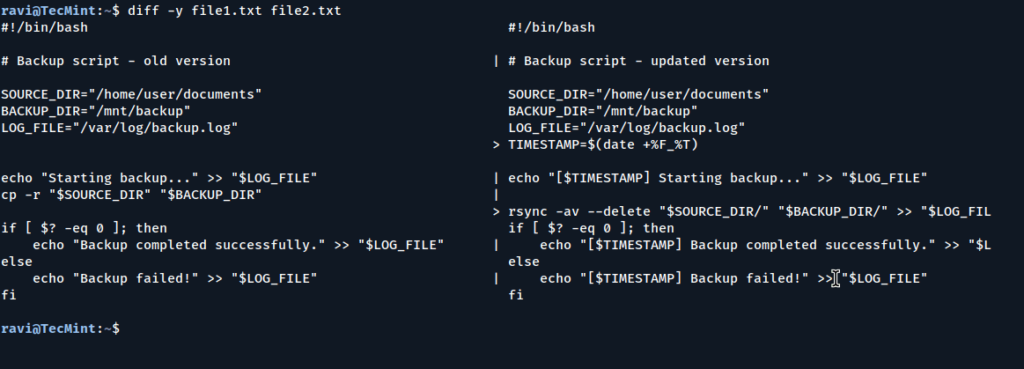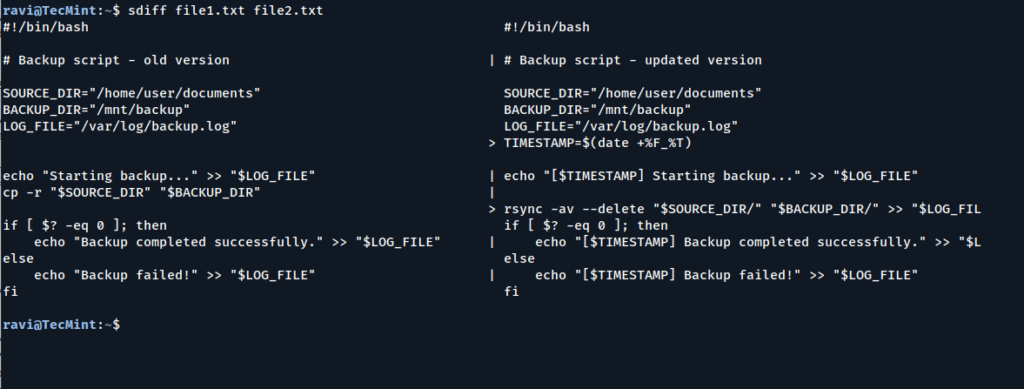Introduction
As technology continues to evolve at lightning speed, the demand for skilled IT professionals has never been higher. In 2025, the digital transformation sweeping across industries is creating a surge in new roles while redefining existing ones. Whether you’re a student planning your career or a working professional looking to switch paths, understanding the future of IT careers is essential.
This blog dives into the top future-proof IT careers in 2025 and beyond—those that are not only high in demand but also offer long-term stability and growth. We’ll explore job descriptions, required skills, salary potential, and why these roles matter more than ever.
Why IT Careers Are Thriving in 2025
Several factors are contributing to the explosion of IT jobs:
- Businesses are undergoing digital transformation
- Cybersecurity threats are escalating
- Cloud computing adoption is widespread
- AI and machine learning are becoming mainstream
- Data is the new currency
These trends make tech skills a must-have across nearly every industry, from finance to healthcare, retail to manufacturing.
Top IT Careers to Watch in 2025
1. Artificial Intelligence/Machine Learning Engineer
What They Do: Build algorithms that allow machines to learn from data and make decisions.
Key Skills: Python, TensorFlow, PyTorch, deep learning, statistics, data modeling.
Why It’s Future-Proof: AI is driving automation, personalization, and innovation in almost every sector.
Average Salary: $120,000+ per year
2. Cybersecurity Analyst
What They Do: Monitor, detect, and respond to cyber threats and ensure security policies are enforced.
Key Skills: Network security, ethical hacking, risk assessment, incident response.
Why It’s Future-Proof: Cyberattacks are growing in number and complexity; every business needs protection.
Average Salary: $95,000+ per year
3. Cloud Solutions Architect
What They Do: Design and manage scalable cloud infrastructure for organizations.
Key Skills: AWS, Azure, Google Cloud, Kubernetes, system architecture.
Why It’s Future-Proof: Cloud computing is the backbone of modern businesses, especially with hybrid and remote workforces.
Average Salary: $130,000+ per year
4. DevOps Engineer
What They Do: Bridge the gap between development and operations to streamline the software delivery pipeline.
Key Skills: CI/CD tools, Docker, Kubernetes, scripting, automation.
Why It’s Future-Proof: Continuous deployment and automation are crucial in agile environments.
Average Salary: $115,000+ per year
5. Data Scientist
What They Do: Analyze complex datasets to provide business insights and predictive models.
Key Skills: Python, R, SQL, data visualization, machine learning.
Why It’s Future-Proof: Businesses depend on data-driven decision-making more than ever.
Average Salary: $110,000+ per year
6. IT Project Manager
What They Do: Plan, execute, and oversee tech-related projects ensuring they meet goals and budgets.
Key Skills: Agile, Scrum, risk management, stakeholder communication.
Why It’s Future-Proof: Projects are becoming more tech-intensive; skilled coordinators are in demand.
Average Salary: $100,000+ per year
7. Full Stack Developer
What They Do: Build both frontend and backend components of web applications.
Key Skills: JavaScript, Node.js, React, databases, APIs.
Why It’s Future-Proof: The internet economy relies heavily on dynamic and interactive web platforms.
Average Salary: $90,000+ per year
Emerging Tech Careers to Keep an Eye On
- Quantum Computing Specialist
- Robotics Process Automation (RPA) Developer
- Blockchain Developer
- Augmented Reality (AR)/Virtual Reality (VR) Designer
- Sustainability IT Consultant
Tips to Prepare for a Future-Proof IT Career
- Never Stop Learning: Tech evolves fast. Platforms like Coursera, Udemy, and edX offer up-to-date training.
- Certifications Help: AWS Certified Solutions Architect, CISSP, and Google Cloud certifications can open doors.
- Build a Portfolio: Show off your skills with GitHub projects or personal websites.
- Stay Updated: Follow tech blogs, attend webinars, and join communities like Stack Overflow and Reddit.
- Focus on Soft Skills Too: Communication, adaptability, and teamwork matter in tech roles.
Conclusion
IT careers in 2025 are full of promise and opportunity. Whether you’re passionate about AI, security, cloud computing, or development, there’s a future-proof path waiting for you. The digital economy isn’t slowing down—and neither should you.
Call to Action: Ready to start your journey in tech? Pick a role that matches your passion and start learning today. Your future self will thank you.






